How Is Plywood Made?
How Is Plywood Made Step By Step:
Ever asked yourself ‘what is plywood‘ or better yet ‘how is plywood made’? It’s safe to assume that anybody who’s worked with plywood before can likely tell a little bit about how plywood is made just by examining plywood sheets. For starters, the layered appearance of plywood alone is enough to let you extrapolate that plywood is created by layering thin sheets of wood veneers on top of one another in order to produce a sturdier wood sheet. Then there’s the name ‘plywood’ itself, which comes from the fact that this wood composite material is made from thin ‘plies’ or layers of wood.
But how exactly are these wooden plies made? And how are they glued together so sturdily and securely that we can consider plywood to be a sturdy wood material all on its own? To help illuminate all the mysteries of plywood production, our team at Cabinet Timbers will be outlining the full step-by-step process used to produce plywood today.
So read on to learn all the many preparational steps that go into manufacturing plywood, and learn how plywood is made, and the pros and cons of plywood to ensure that it’s suitable for a wide range of different applications.
Article Contents On How Is Plywood Made:
- Step 1: Select and condition your timber logs
- Step 2: Run logs through debarking and cutting machines
- Step 3: Peel and clip logs into preferred thickness and length
- Step 4: Dry your wood veneers
- Step 5: Prepare your plywood sheets
- Step 6: Apply glue sealants to plywood sheets
- Step 7: Press plywood sheets together to solidify bonds
- Step 8: Conduct a quality check
- Step 9: Sand and trim plywood where necessary
- Step 10: Pack plywood to prepare it for commercial sale
NEED WOOD PANELS?
No stress, we're here to help. Fill out the form below for a free quote and consultation with our experts.
Step 1: Select and Condition Your Timber Logs
The first step in ‘how is plywood made’ is producing any kind of plywood or other wood composite material to select the raw materials that you’d like to use throughout your manufacturing process. Naturally, the main objective here is to source timber logs that will be able to produce veneers with a uniform appearance, depending on the specie of tree.
As you can see from our range of plywood here at Cabinet Timbers, there are a number of different types of wood that can be used to manufacture plywood, including Australian hoop pine, radiata pine and koivu (Baltic birch). Plywood can also be made using either hardwood or softwood, with each type being suitable for different applications.
Generally speaking, however, the best wood to use for plywood production typically also possesses uniform structural integrity all throughout the log. This ensures that you aren’t producing wood veneers of varying levels of strength and that you can expect the same level of quality from your entire production batch.
Once you have selected suitable wood logs for plywood production, the next step is to condition your wood materials so that they’re prepped for the debarking, water resistance and cutting process (which is step #2).
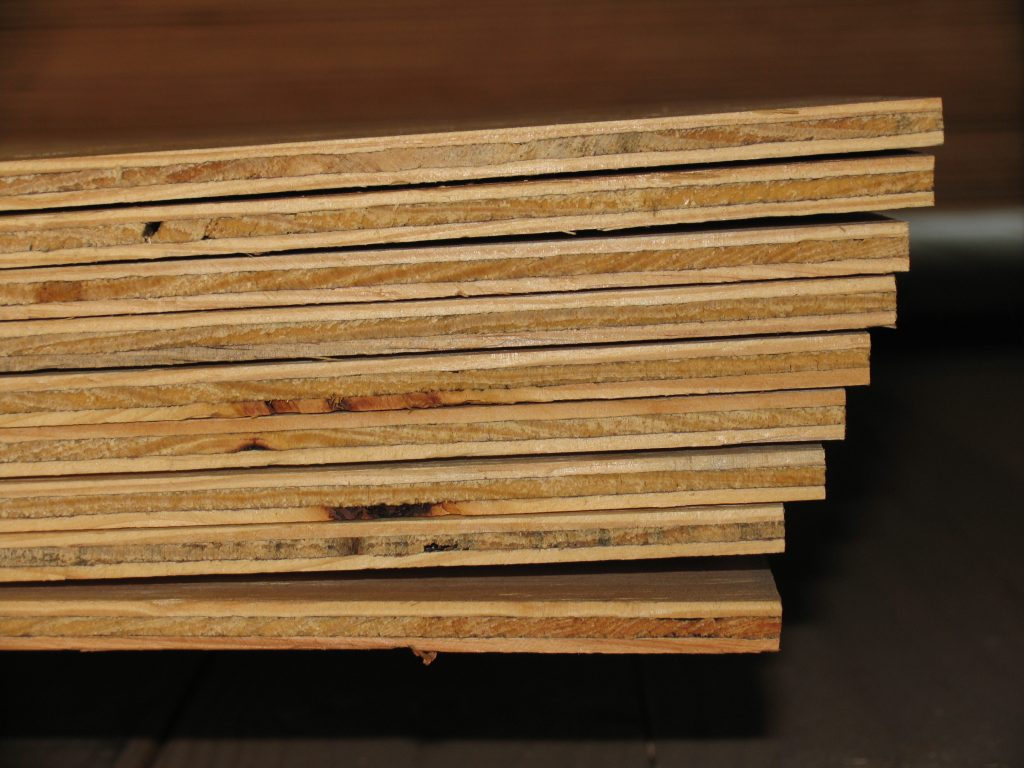
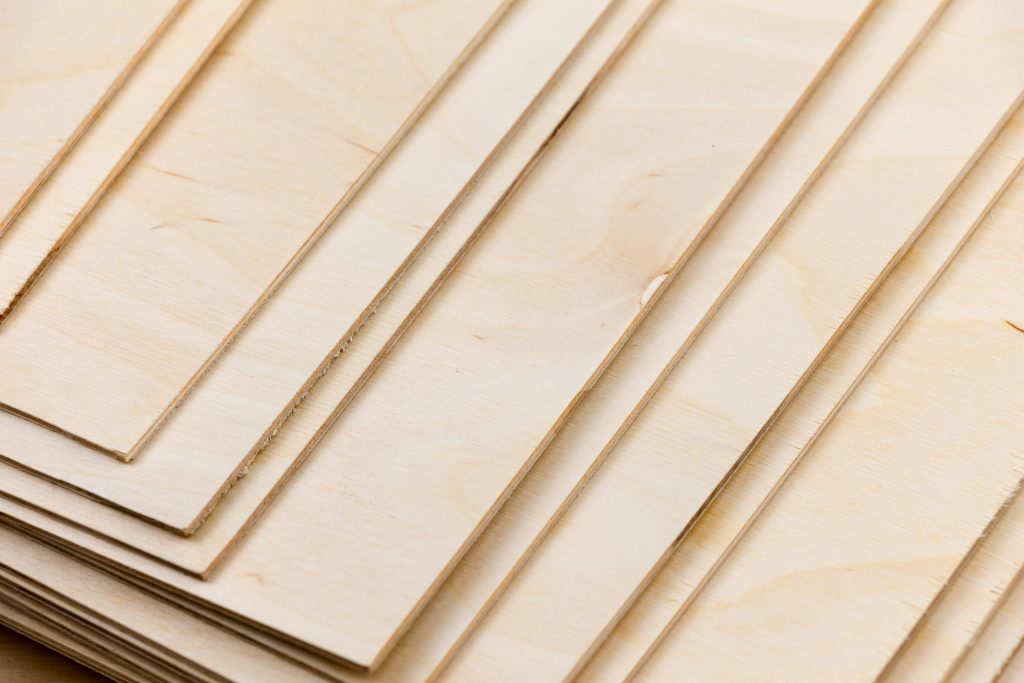
Step 2: Run Logs Through Debarking and Cutting Machines
Precision is vital in the process of how is plywood manufactured. After all, if your wood veneers possess different textures, and lengths, or come in varying levels of thickness, it can complicate the process of layering and building up your plywood sheets.
To start on step #2 on the how is plywood made process, your wood logs will need to be cut into uniform lengths prior to being debarked. Both of these steps are conducted with the use of special machinery: an industrial wood cutting machine and a specialised debarking machine. Debarking machines typically use sharp-toothed grinding wheels or even high pressure water jets to smoothly remove bark from wood logs as they rotate through the machine.
From here, the debarked plywood is usually moved to another cutting machine, where a circular saw cuts them into sections that are suitable for producing standard plywood sheeting.
Step 3: Peel and Clip Logs into Preferred Thickness and Length
Once the plywood has been cut and debarked, the next step is to heat and then soak the wood to ensure that it stays malleable and ready for the next and one of the most vital steps in this process: peeling and clipping the logs into thin wood veneers. Using a rotary peeling lathe machine, the wood logs are peeled down into thin and uniform wood veneers or sheets.
These could be produced as one continuous sheet or they can be automatically clipped into their preferred length. If they’re not pre-cut, then processed wood veneers will then be inspected and clipped to their designed dimensions to complete step #3 in the how is plywood made process. Inspecting wood veneers at this stage can help plywood manufacturers weed out any veneers that possess visible wood defects.
Step 4: Dry Your Wood Veneers
Now that your wood veneers have been prepared, it’s time to dry them out. Removing excess moisture from your wood veneers is vital to ensuring that your plywood layers can respond as required to the addition of glue sealants, which will come later in step #6. For the time being, however, let’s return to this very important step in how plywood is made.
The wood veneers are dried out by feeding them through roller dryers, which also produce heat to further speed up the drying process. The heat produced by roller dryers may also be fuelled by barks, discarded veneers (i.e. veneers with excessive wood defects), sawdust, and other mill residues.
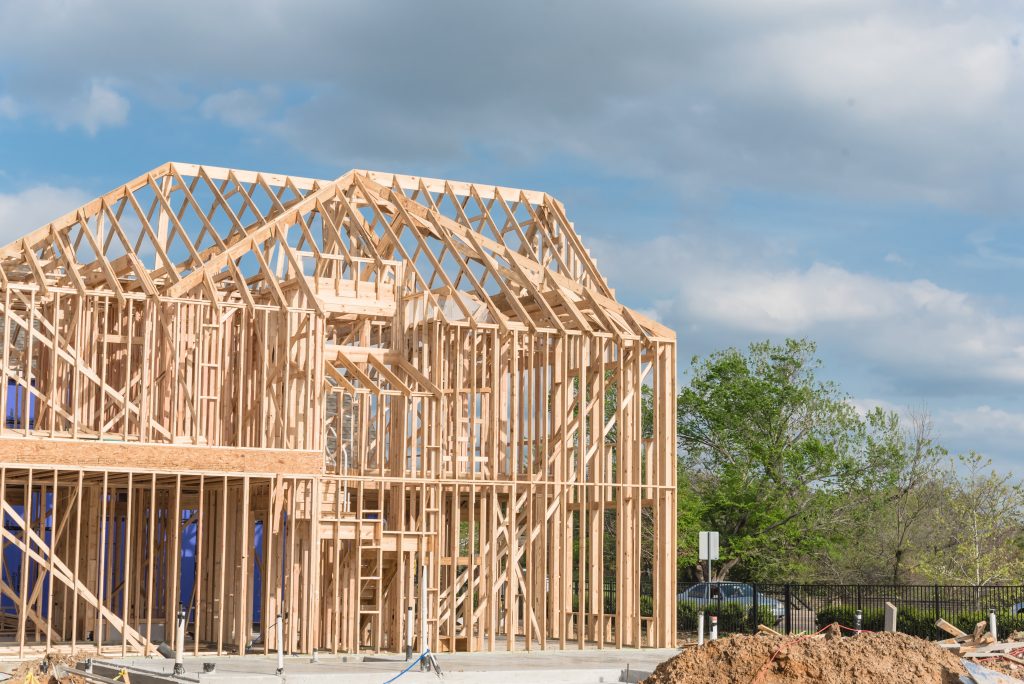
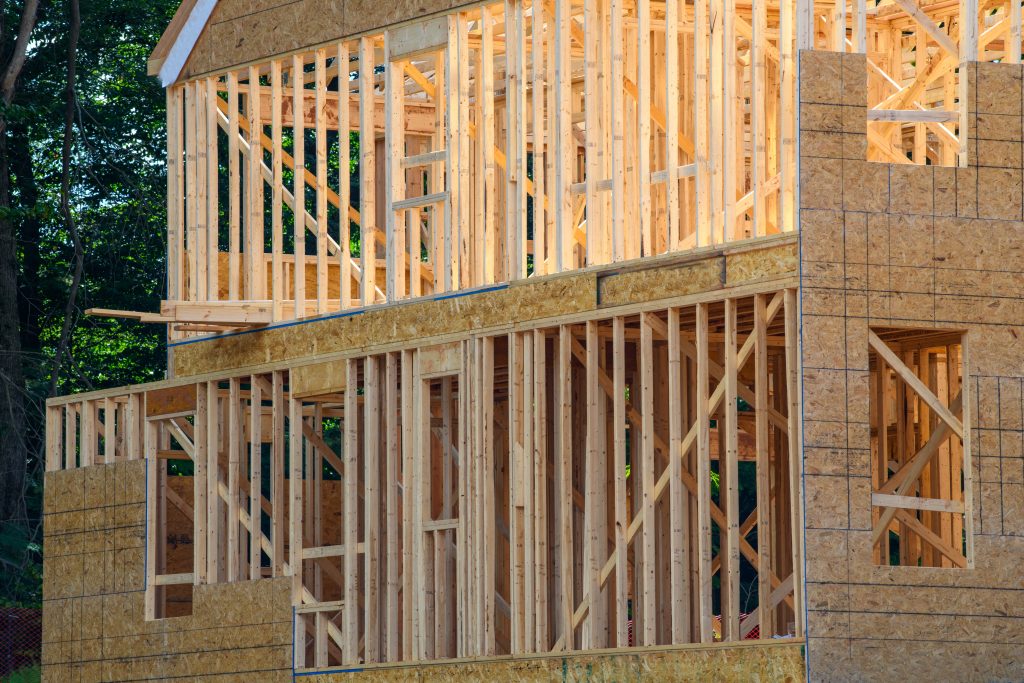
Step 5: Prepare Your Plywood Sheets
Now that your wood veneers have dried, it’s finally time to start composing your plywood sheets. This process will also see plywood manufacturers examining their dried wood veneers and sorting them into three categories: front, back, and core.
These categories help determine where in the layering process manufacturers can expect those sheets to be included. As you would expect, the front-facing wood veneers are those that will possess a higher grade appearance. Plywood manufacturers will then use lower grade wood veneers to comprise the core before then using another plywood grade for instance A-grade or B-grade wood veneer for the back face.
Generally speaking, at least five or more wood plies are used to construct the core layer of any sheet of plywood. Depending on their thickness, some plywood sheets may also possess additional internal layers that are called crossbands. These are situated between the outward-facing veneers and the core layer.
Step 6: Apply Glue Sealants To Plywood Sheets
Once the sheets have been composed, the next step is to apply glue sealants to your plywood sheets – to ensure that your plywood layers can be sealed together. Plywood manufacturers use mechanical glue spreaders that ensure adhesives are evenly spread across plywood sheets.
The glue sealants or adhesives used to seal your plywood will largely depend on the types of plywood you’re looking to produce. For instance, if you’re looking to produce marine-grade plywood, then you’ll need to use a heavy-duty, water-resistant sealant (or a Type A glue sealant). Type A glue sealants are typically phenol-based formaldehyde resins, whereas Type B glue bonds are more likely to be melamine-urea-formaldehyde (or MUF). Type C and Type D glue sealants are typically a urea-formaldehyde resin (or UF).
Once the glue sealants have been applied, all veneer sheets are glued together in odd-numbered layers. Sheets are also rotated to different angles prior to being bonded in order to create a cross-graining pattern. Layering wood veneers in this alternating cross-grain pattern helps to strengthen the structural integrity of plywood sheeting and makes it easier to cut plywood.
In fact, if you look closely, you may be able to notice this cross-grain pattern on sheets of structural plywood. It’s important to note, however, that this pattern of layering veneers is used to produce non-structural plywood as well.
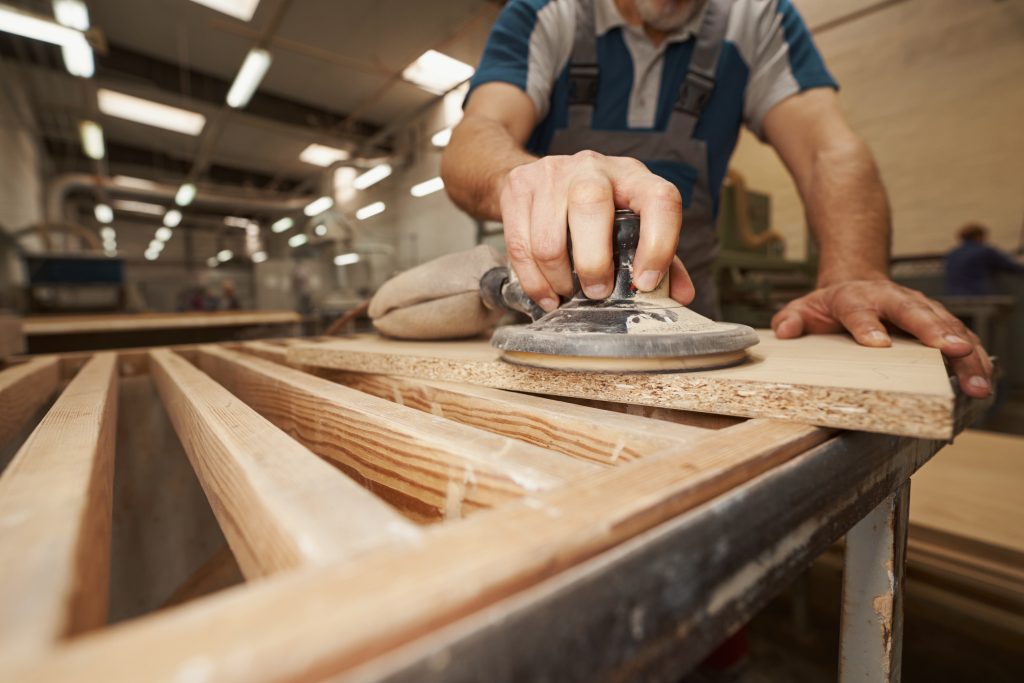
Step 7: Press Plywood Sheets Together To Solidify Bonds
As resin must be thermoset, the best method of pressing plywood sheets together is simply by using a cold press followed by a heat activated press. The cold press usually occurs at an ambient temperature and with controlled hydraulic pressure. This preliminary phase of the pressing process only takes about 20 minutes, and results in the solidifying their bonds as well as ensuring that plywood sheets are adequately flattened.
Once the cold press has been completed, the plywood sheets are then moved to the hot press to ensure that the resin sealants can activate, solidifying the bonds between all wood veneers and completing the plywood manufacturing process. The hot press typically only takes under 10 minutes to complete, but the duration of this phase is dependent on the type of wood being processed as well as the thickness of the finished plywood products.
Step 8: Conduct A Quality Check
Now that you’ve got finished plywood sheets on hand, it’s finally time to conduct a quality control check to ensure that the plywood products that have been manufactured adhere to a uniform standard of quality. At this phase of the production process, plywood sheets will be tested for mechanical strength, bonding strength, and formaldehyde emissions. This is vital for ensuring that the plywood materials are fit for interior use, as excess formaldehyde emissions can negatively impact air quality.
The quality control check will also provide plywood manufacturers with the opportunity to inspect plywood sheets for any signs of cracks or gaps. If any of these production faults are found, they will be promptly addressed by wood fillers like putty.
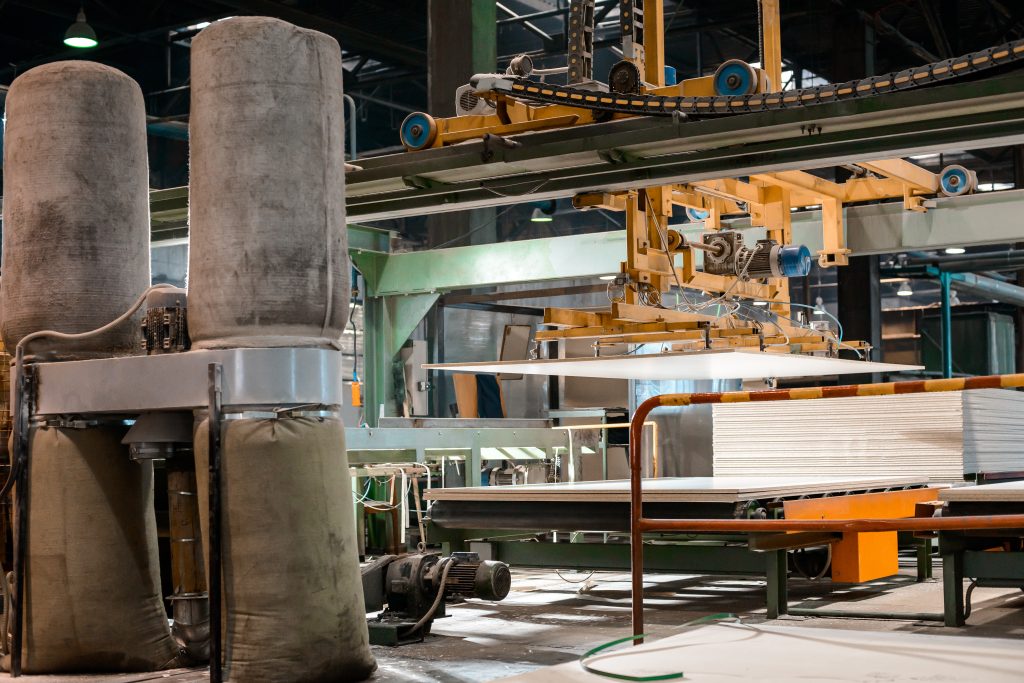
Step 9: Sand and Trim Plywood Where Necessary
Once plywood sheets have passed through quality control processes, it’s finally time to sand trim plywood to ensure that it maintains a uniform thickness and appearance. This step is vital for making sure that your final products adhere to market standards, and deliver a level of smoothness that makes them safe for handling without any protective equipment like gloves. Sanding down your finished plywood products also helps make your plywood look more presentable to consumers.
It’s common for plywood manufacturers to sand down both the back and front faces of plywood sheets before trimming them to make sure that they adhere to commercial sizing configurations. As plywood is used for highly precise applications (i.e. construction, carpentry, and general woodworking), it’s absolutely crucial for plywood sheets to adhere to sizing standards especially when going through how is plywood made.
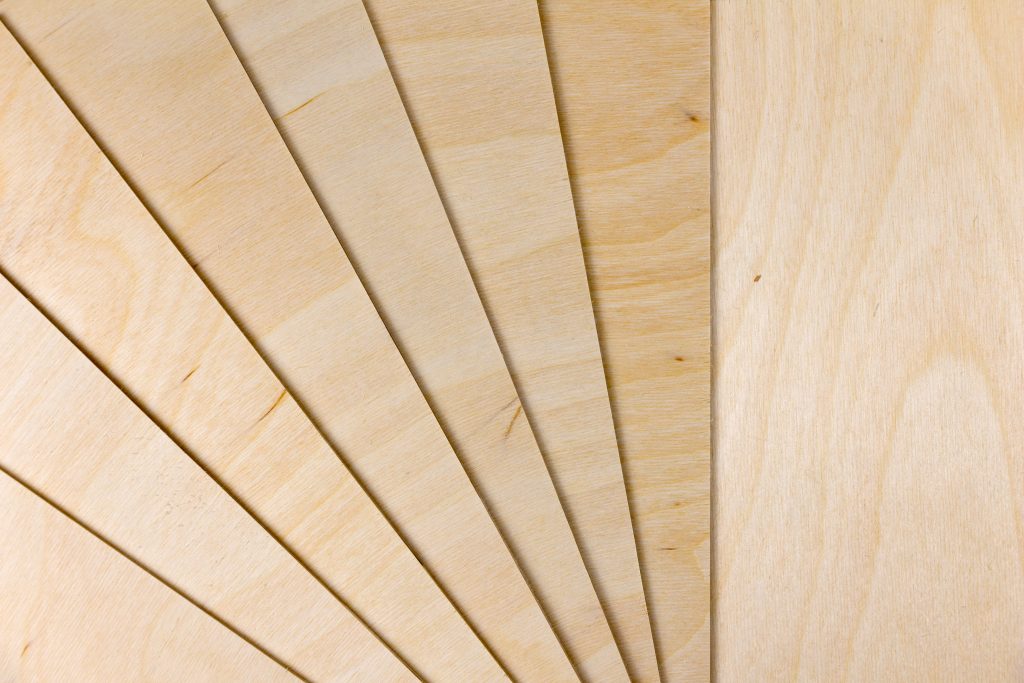
Step 10: Pack Plywood To Prepare It For Commercial Sale
At this final stage, you’ll have plywood of a uniform texture, thickness, and appearance. All that’s left to do is package it up, make sure that it’s marked or stamped accordingly (i.e. with all of its characteristics, grading, and dimensions/sizing information in mind), and then ready to be shipped to materials suppliers.
The Final Word On How Plywood Is Manufactured
And that – in a nutshell – is the process of how is plywood made, from raw sustainable wood logs and all the way through to neat and tidily packed plywood sheeting. Have any questions about how our plywood is manufactured here at Cabinet Timbers? We work with some of Australia and New Zealand’s leading plywood manufacturers, including Austral Plywoods and Carter Holt Harvey. This allows us to provide our customers with exceptional quality plywood with every order.
Reach out to our team at Cabinet Timbers via our web form, email, or call us at (03) 8353 2222 for more information on any of our plywood products or our list of services.
NEED BUILDING SUPPLIES?
No stress, we're here to help. Fill out the form below for a free quote and consultation with our experts.

